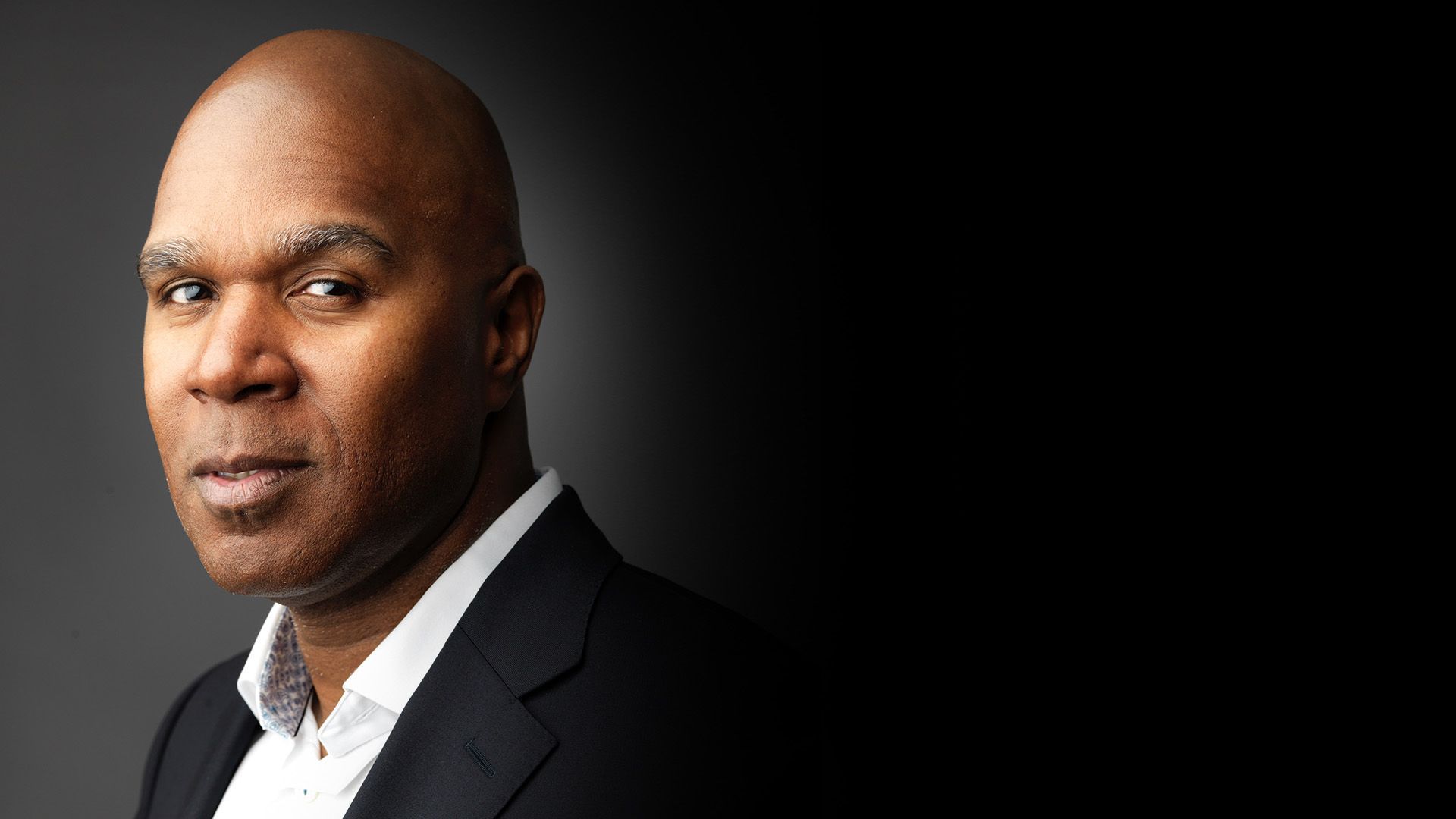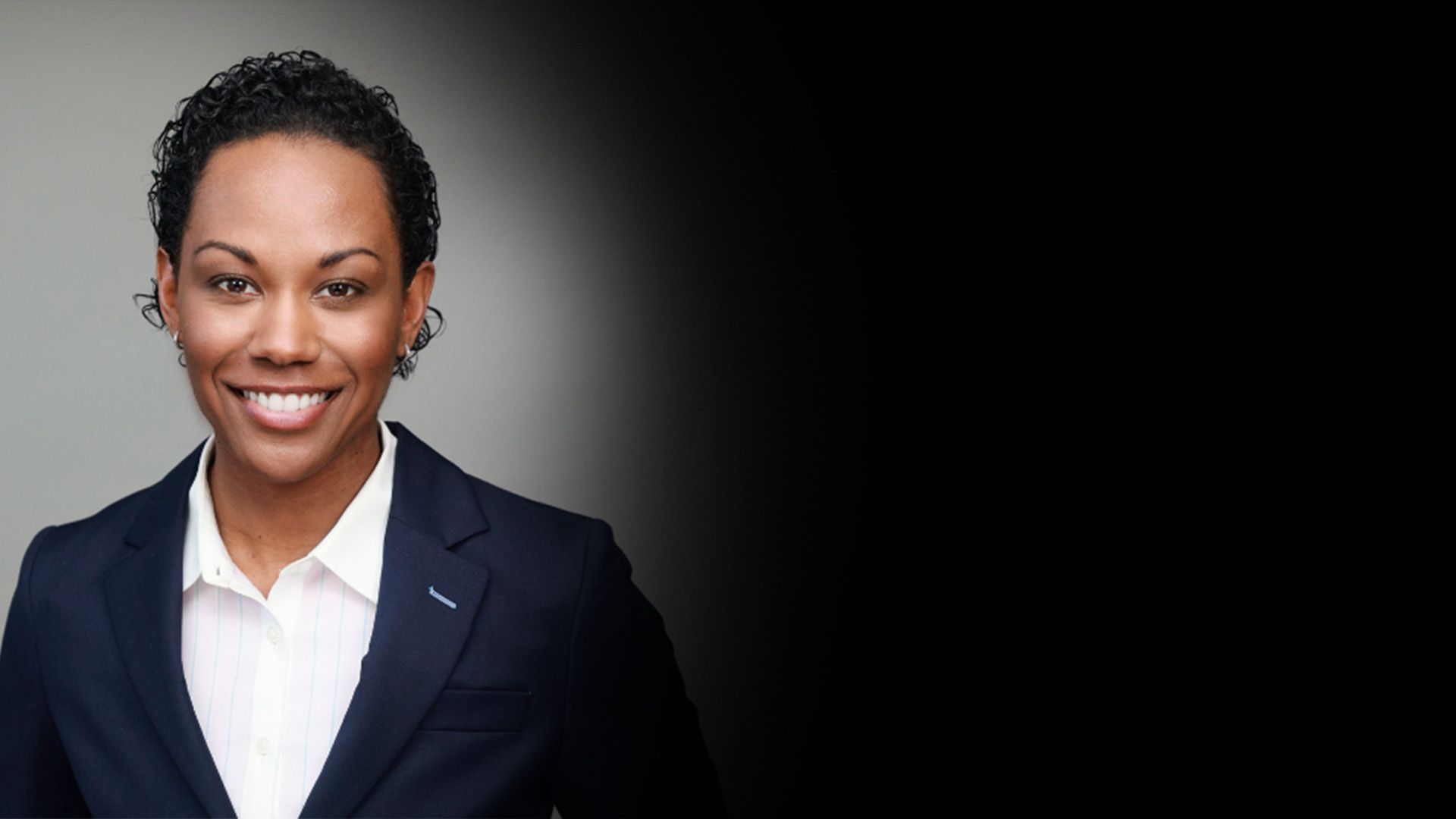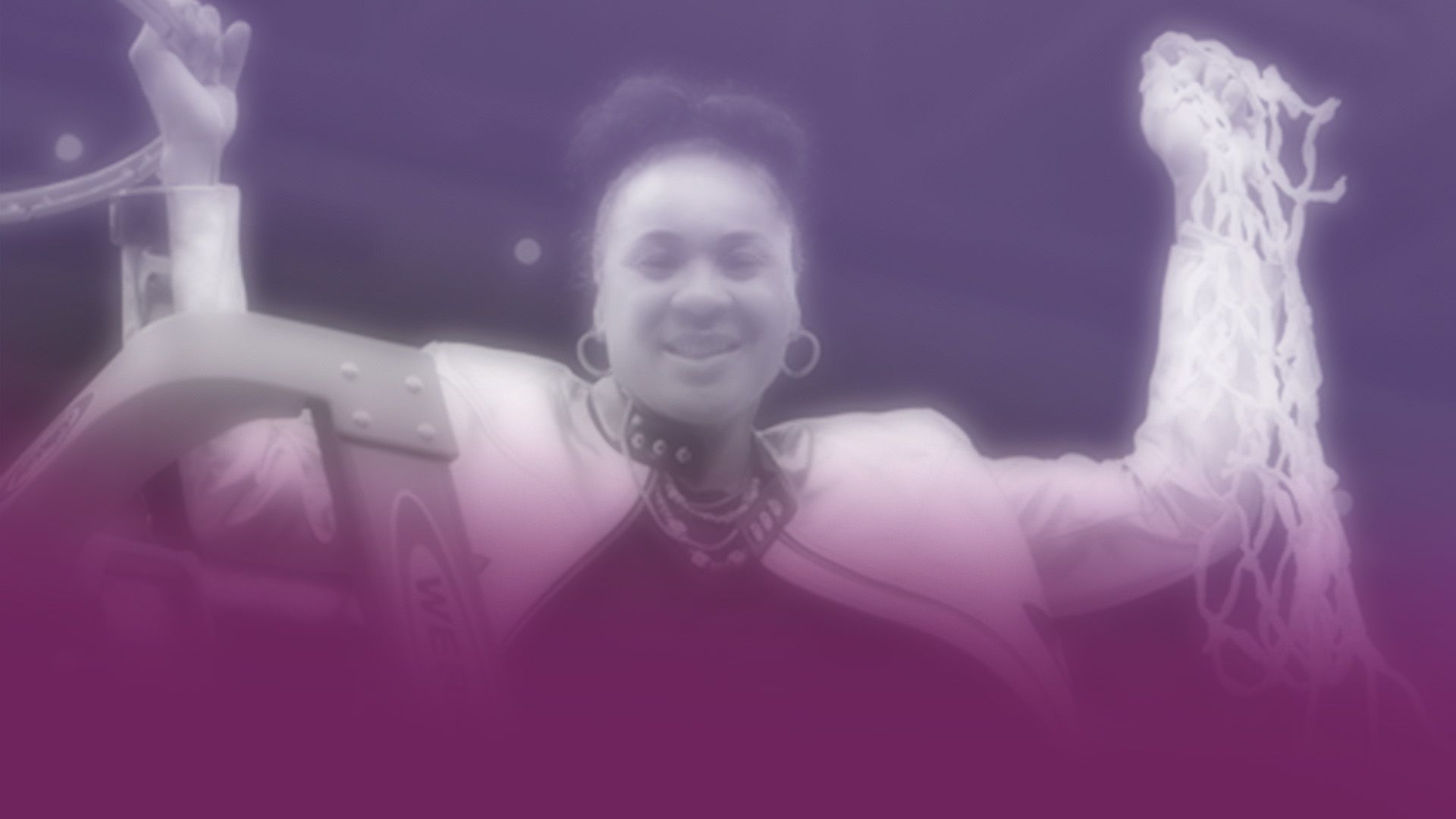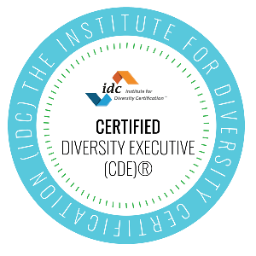One Powerful Way Professionals Of Color Can Push Past Bias And Own Their Image
In a world full of bias, how we tell our stories and show up can make a big impact on our careers. Let’s be real, our worth as people of color (POC) is often underestimated. Stereotypes and generalizations cloud the judgment of our colleagues and put a glass ceiling between us and advancement opportunities. Whether we have PhDs or decades’ worth of professional experience, POC often don’t get the respect we deserve in the workplace.
The constant devaluation of POC’s work and credentials can often make us feel minimized. Many of us know the old saying: we have to work twice as hard to get half of what our non-POC colleagues get. These stories can circulate in our heads and convince us that despite our hard work, advanced degrees, and decades of experience, we don’t belong here or won’t receive the credit we deserve no matter how hard we work. But, what if we could rewrite that story? What if we could move past bias, negative stories, and reclaim our image? I believe we can if we lean into personal branding.
Personal branding can help us shine even when our colleagues don’t see our value or push us to dim our light and downplay our differences. Building a personal brand could be the secret strategy for POC to showcase our unique skills, gifts, and selves and to, finally, tell our own stories and get the recognition we deserve.
In today’s article, I’ll share step-by-step how professionals of color can use personal branding to elevate their image, tell their stories, and increase their personal and professional opportunities.
Why Personal Branding Matters
Personal branding is like perfume or cologne. It’s the immediate impression you give when someone interacts with you and it leaves a lasting impression long after you’ve exited a room. It’s a handshake, a smile, and other social cues that demonstrate your ethos, personality, and approach.
By definition, personal branding refers to strategies you use to establish and promote your niche, expertise, experience, and skills. In personal branding, you showcase your expertise to the world, create influence, and attain your professional and personal goals. It’s about identifying what makes you distinctive, relevant, and memorable. In short, it’s your point of differentiation. It’s the way you own the narrative about yourself and can move past the minimization and bias others may project on you.
In a world where people of color are often grouped together and ascribed meaning based on color, gender, and credentials, personal branding can help you write your own story and stand out from the crowd. It gives you an opportunity to tell a story that’s true to you, all while decked out in your favorite colors, type fonts, voice, and tone. Personal branding allows POC to pump up their ego and use it as a superpower. That’s a powerful position to be in when walking into rooms where you may be “the only one” or where preconceptions based on color, gender, and credentials may influence your position in the workplace.
How To Uncover Your Personal Brand
Your personal brand comes from within. You can uncover your unique differentiator by answering some questions about your personality and what impact you hope to have.
Begin by asking yourself…
- What is the impact when I walk into a room?
- What conscious or unconscious biases do people project onto me?
- How can I position myself as a leader in a room where I’m “the only one”?
- What’s my unique superpower?
- What can I do to leave a lasting impression long after I’ve left?
Reflect on these questions and write them down somewhere you can refer to them later.
Qualities Of A Personal Brand
Once you’ve figured out your secret sauce–what makes you unique–and how you want to show up in the world, you can start to combine that with the key qualities of a personal brand. These are the structural elements that don’t change but remain consistent across all personal brands. They are the essential building blocks that stand the test of time.
Authenticity is key
When it comes to your personal brand, it has to feel like you. This isn’t about pretending to be someone you’re not. It’s about honing in on your uniqueness and being authentic in that manifestation. Authenticity is key to personal branding because it leads to confidence and living confidently, standing in your truth, and sharing the real you is what will help you be remembered long after you’ve left a room.
Consistency, Consistency, Consistency
Consistency with your personal brand involves being thoughtful about how you want to be perceived and staying consistent with that commitment day after day. It means being committed to your voice, tone, colors, and aesthetics. Changing your colors every month, adopting a different voice and tone on different social media platforms, or switching up your aesthetics every year may confuse people about who you are. Consistency will help you and your personal brand be understood and recognizable.
Tell Your Story
Storytelling is one of the most powerful tools of communication. People have always been drawn to stories. In personal branding, it’s your opportunity to communicate your thoughts and philosophy and be acknowledged for it. If being a thought leader, coach, executive, or another high-visibility person is your goal, connect with prospective connections through storytelling. Storytelling shows people how you started from the bottom and how you got here. It walks people through your challenges and your greatest achievements. It paints you as a resilient person who can progress through life even in the face of adversity. Those are the qualities that book publishers, potential clients, conference hosts, and others want to see. That’s what makes your personal brand stand out: your unique story told honestly and resiliently.
Lean Into Your Expertise
Part of building a personal brand requires you to be a subject matter expert or a highly knowledgeable person in a certain area. Don’t be afraid to put on your expert hat and lean into sharing knowledge with the people around you. This includes: what you know, how you know it, and what you can do about it in a specific way. Being an expert and confidently living in that place can increase your credibility and help your name circulate in the right rooms.
Be Visible And Accessible
Visibility is a key element of building a personal brand. If people don’t know you, have never seen you, or aren’t familiar with your work, how can you make the impression you want to? Your personal brand can be strengthened by being visible and accessible to those you wish to work with. Whether that’s on social media or in conference rooms, you want your target audience to have access to you, your genius, and contributions. Be sure to reflect on who your target audience is, where they typically connect, and how you can be present in those spaces.
Have A Value Proposition
A value proposition is a contribution that you offer to your target audience. What exactly do you offer and how does it impact your audience? Communicating how your books, consultancy, services, and products make a positive impact can help you be remembered and elevate your position in the market.
Pick Your Style
Personal branding also includes the aesthetics you enjoy. This means leaning into the colors, logos, type font, and symbols that represent you. Have fun with this part of your personal branding. It’s the part that can help you feel memorable with prospective connections. If you’re not sure where to begin, ask yourself these questions:
- If your brand were an emoji, what would it be? Use that to inspire your style.
- If your brand were a color, what would it be? Use that to inspire your brand color.
- If your brand could dress up, what would it wear? Use that to inspire your physical and online aesthetic.
Final Thoughts
People of color, especially women of color, are often put into positions where their worth and contributions are under scrutiny. It can be difficult to develop a confident personal brand when people question your value and why you’re in a particular position. Instead of hiding and shrinking your true self to make others feel comfortable, lean into establishing a powerful personal brand to strengthen your voice and image.
While we can’t always stop the systemic bias, stereotypes, and generalizations that circulate in the workplace, we can lean into personal branding to tell our own stories and position ourselves in a better light. Personal branding is a response and strategy to telling your own story your way and showing prospective connections why working with you is far better than they imagined. Let your personal brand speak for you and watch your image, position, and professional opportunities flourish.
